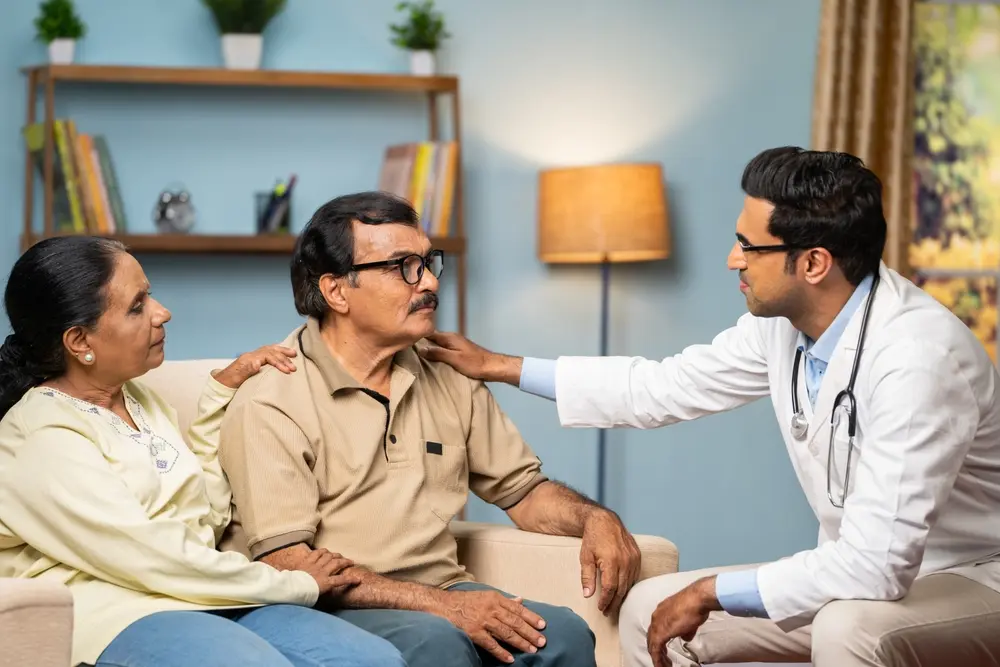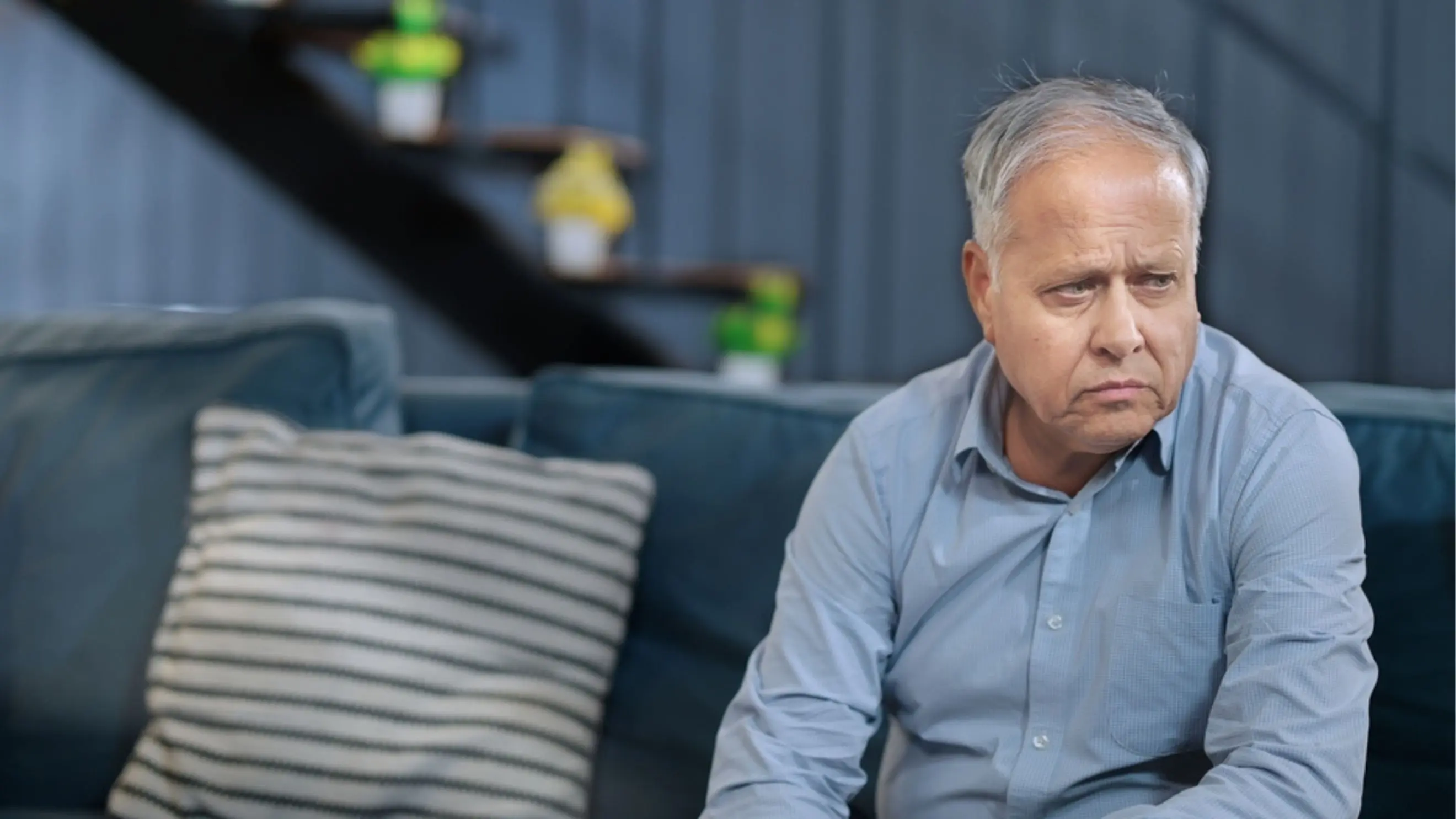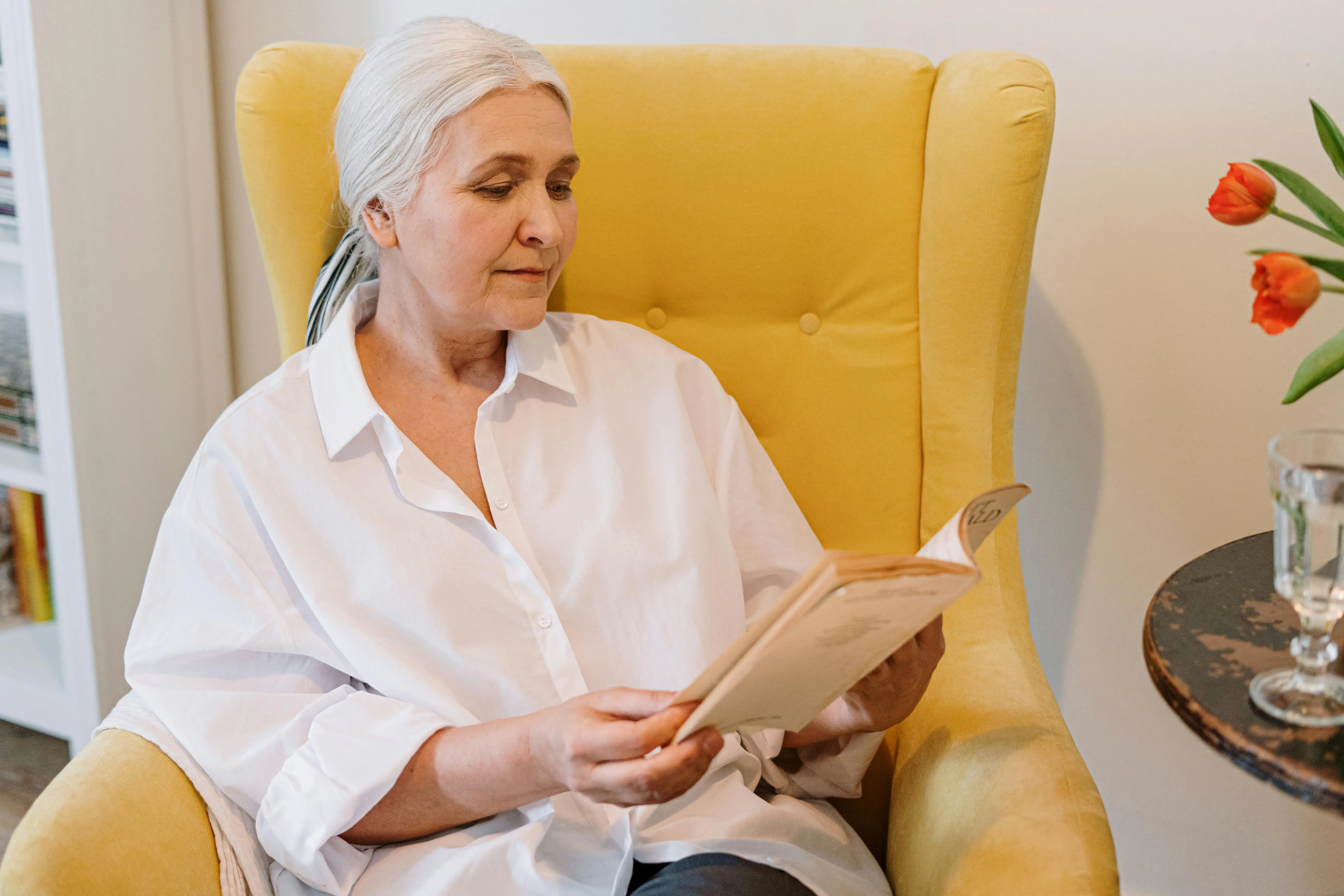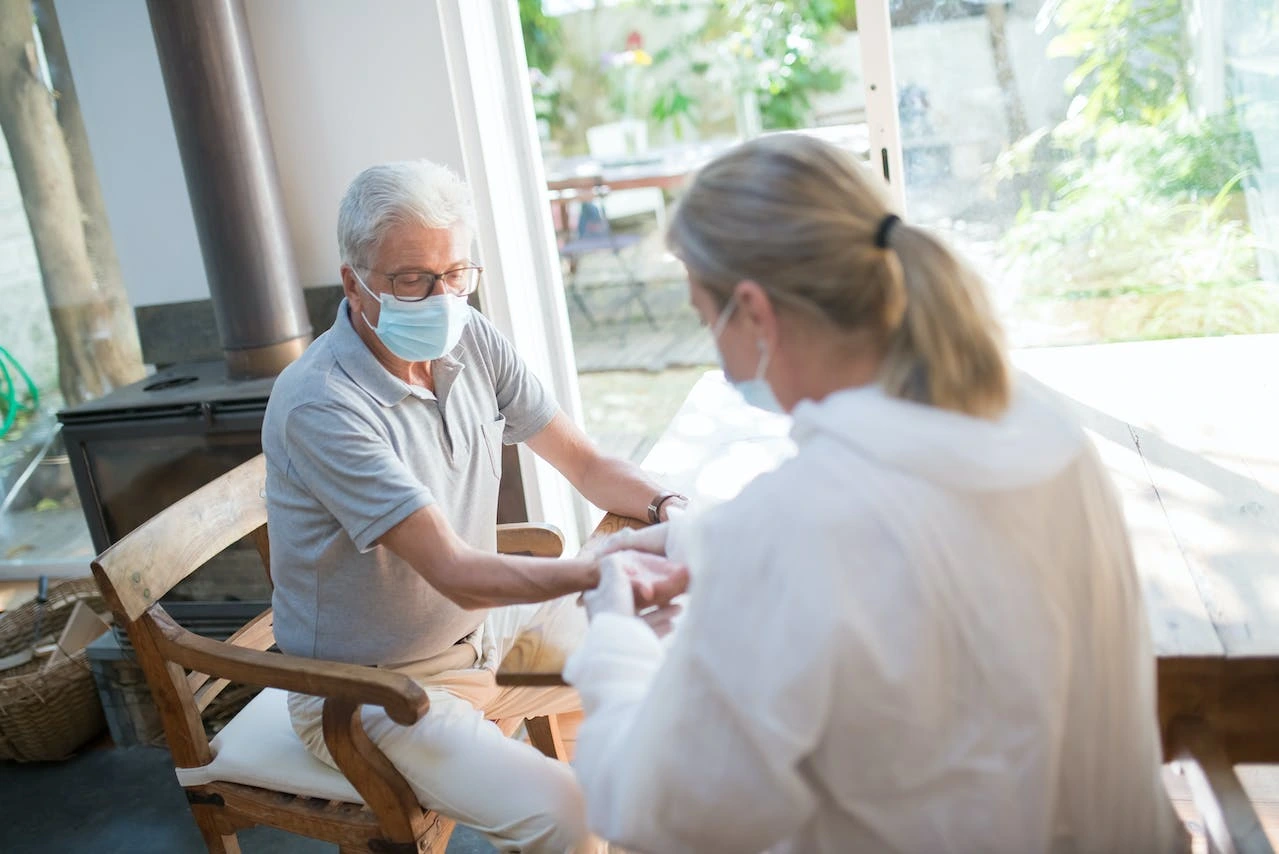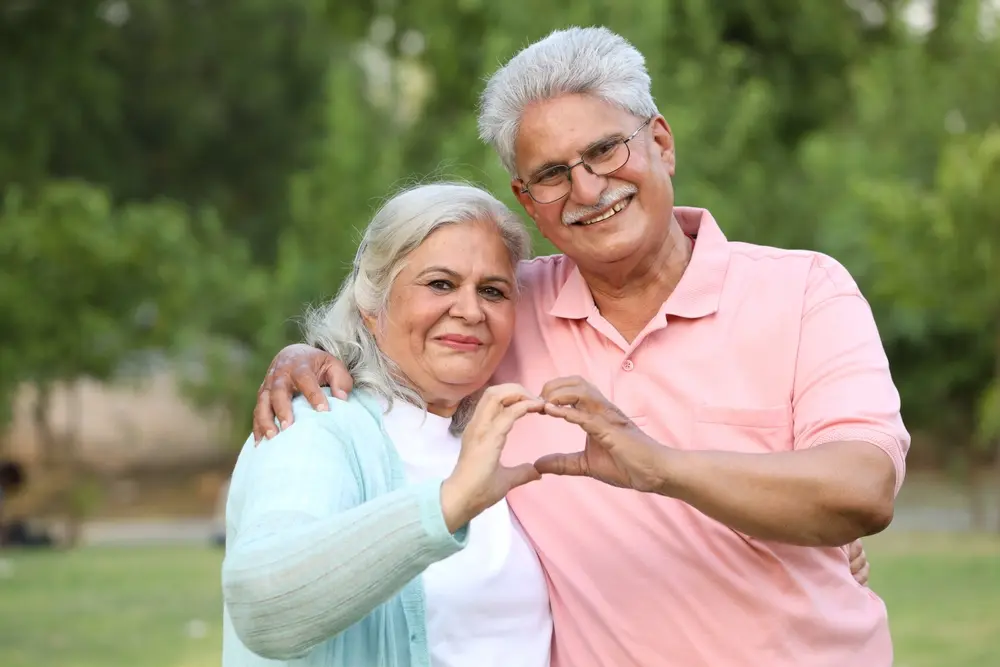Lower back pain in elderly individuals is a common but manageable issue.

Blog
Managing Lower Back Pain in the Elderly: A Comprehensive Guide
Lower back pain in elderly individuals is a common but manageable issue. Degenerative changes, arthritis, and lifestyle factors contribute significantly to discomfort. Recognizing these causes is the first step toward effective management and relief.
Self-care is paramount when dealing with lower back pain. Engaging in gentle exercises, applying heat therapy, and utilizing over-the-counter pain relief can provide significant improvements. These simple practices empower seniors to take charge of their pain management, promoting independence and enhancing quality of life.
Quality sleep is crucial for pain recovery. The best way to sleep with lower back pain involves maintaining a neutral spine position, often achieved by sleeping on one's side with a pillow between the knees. The best sleeping position for lower back pain minimizes stress on the spine, facilitating a restful night without exacerbating pain. For those wondering how to sleep with lower back pain, experimenting with different pillow placements can provide additional comfort and support.
Back braces offer a practical solution for those seeking extra support. By stabilizing the lower back, these devices can alleviate pain, improve posture, and prevent further injury. Choosing the right back brace involves considering factors like comfort, fit, and the level of support needed.
The interconnection between lower back and hip pain cannot be overlooked. Addressing both areas simultaneously through targeted stretches and exercises can lead to more comprehensive pain relief. Understanding this relationship encourages a holistic approach to managing discomfort.
While many cases of lower back pain can be managed with self-care and lifestyle adjustments, certain conditions require professional intervention. Recognizing when to seek help is essential. Medical professionals can offer treatments ranging from physical therapy to more advanced interventions, depending on the severity and underlying causes of the pain.
Prevention is key to maintaining a pain-free back. Incorporating regular physical activity, maintaining a healthy weight, and practicing good posture can significantly reduce the risk of developing lower back pain. Ergonomic adjustments to living spaces also play a crucial role in prevention, ensuring that daily activities do not strain the lower back.
Managing lower back pain in the elderly is about combining effective self-care, optimizing sleeping positions, utilizing support devices, and staying proactive about health and wellness. By adopting these strategies, seniors can enjoy improved mobility, reduced pain, and a better overall quality of life. Encourage the elderly around you to explore these options and find what works best for them, ensuring their golden years are enjoyed in comfort and health.
Self-care is paramount when dealing with lower back pain. Engaging in gentle exercises, applying heat therapy, and utilizing over-the-counter pain relief can provide significant improvements. These simple practices empower seniors to take charge of their pain management, promoting independence and enhancing quality of life.
Quality sleep is crucial for pain recovery. The best way to sleep with lower back pain involves maintaining a neutral spine position, often achieved by sleeping on one's side with a pillow between the knees. The best sleeping position for lower back pain minimizes stress on the spine, facilitating a restful night without exacerbating pain. For those wondering how to sleep with lower back pain, experimenting with different pillow placements can provide additional comfort and support.
Prevention is key to maintaining a pain-free back. Incorporating regular physical activity, maintaining a healthy weight, and practicing good posture can significantly reduce the risk of developing lower back pain. Ergonomic adjustments to living spaces also play a crucial role in prevention, ensuring that daily activities do not strain the lower back.
Need Personalized Health Guidance?
Get expert advice tailored to your specific health needs from our qualified healthcare professionals.

